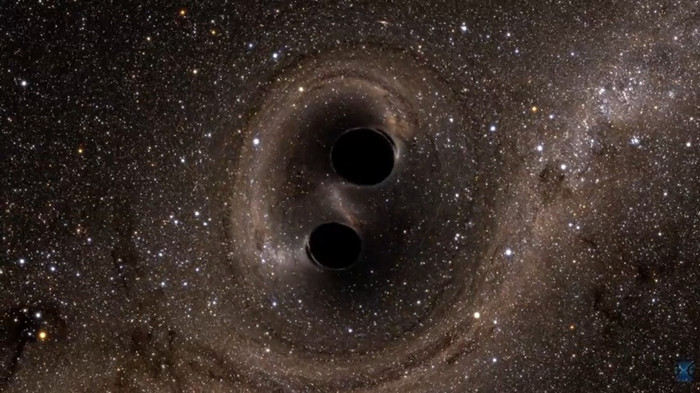Kohei Inayoshi, Yong Gao and Lijing Shao
100 years after Albert Einstein predicted the existence of gravitational waves (GWs) as a consequence of general relativity, the Laser Interferometer Gravitational-Wave Observatory (LIGO) in the United States at the first time detected the GW signal from two colliding black holes with masses of ~36+29 Msun in a binary system (GW150914). The direct detections of GWs have opened a new era in astronomy, and the discovery of an unexpected population of massive binary black holes surprised astronomers. After the first detection, so far LIGO/Virgo collaboration already discovered 10 coalescing binary black holes. The origin is of astrophysical interest, and several pathways have been proposed for their formation. The other event was the first detection of a collision of double neutron stars on August 17 in 2017. The multi-frequency electro-magnetic signals associated with this event were followed-up by a lot of telescopes on the ground and in the space.

The next important issue is to reveal what kinds of galaxies and how massive binary black holes and double neutron stars form and in-spiral into mergers with GW emission. In order to accomplish this task, it is essential to identify the host galaxies of GW sources using at least three GW detectors including LIGO/Virgo. The Japanese GW detector, Kamioka Gravitational Wave Detector (KAGRA) will play a key role on the GW astronomy (https://gwcenter.icrr.u-tokyo.ac.jp/en/). On Dec 5-6 in 2018, Kohei Inayoshi, a faculty member of KIAA has attended a KAGRA science collaboration meeting on behalf of KIAA. As this moment, three members, Lijing Shao (leader), Kohei Inayoshi and Yong Gao (1st-year PhD) have joined the KAGRA collaboration. The members are starting to develop collaborations and contribute to them through parameter estimation for GW signals, application to tests of general relativity, and astrophysical implications of GW sources. In the near future, KIAA is expected to contribute to the gravitational-wave astrophysics in a direct and significant manner.
